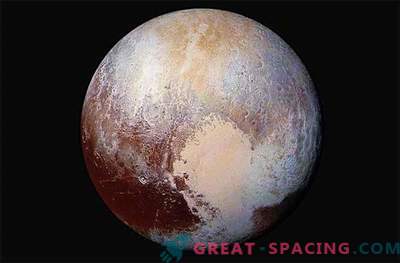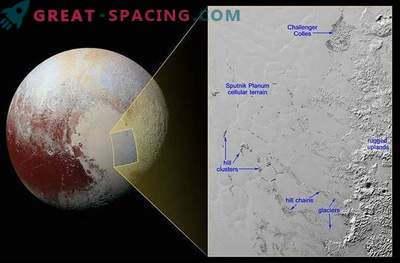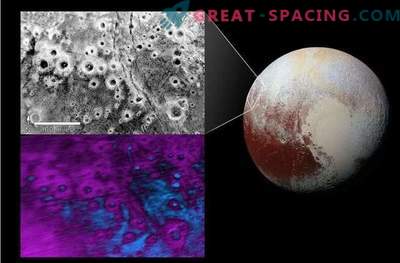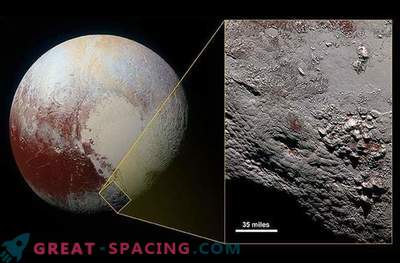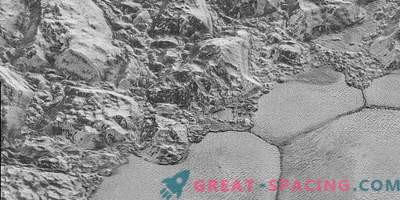
The only conclusion that can be made after the flight of the New Horizons NASA station (New Horizons) on July 14, 2015, is that we do not understand anything in the evolution of the planets. And now, after the publication of new photos from Pluto, another landscape (in fact, there are several of them) defies explanation.
When studying the Pluto terminator (the line that separates the illuminated and unlit surface of this dwarf planet), researchers encountered a very strange landscape with repetitive ripples that resemble an enlarged snake skin pattern. The most amazing thing is that most high-resolution photos show a reflection of Kapeir's Belt, and planetary scientists have no idea what's going on.
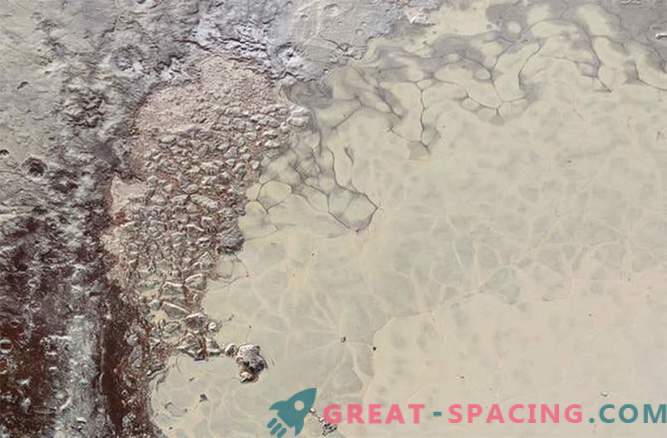
William McKinnon of the University of Washington at St. Louis is struck by the uniqueness and mysteriousness of the landscape, stretching for hundreds of kilometers. According to him, it is more like the bark of a tree or the scales of a reptile than a breed. It will take some time to figure out, perhaps this is the result of a combination of internal tectonic forces and ice sublimation, which is due to weak sunlight on Pluto. While this remains a mystery.
But while scientists were thinking about it, even more stunning images appeared, including color photos of Pluto in high resolution. Particularly striking pictures of one area, reminiscent in shape of a heart located on a plain, informally called a satellite (Sputnik Planum). This area consists of huge streams of exotic ice. Also around the ice cells there are some rocky islets. Dunes are still present, or what looks like dunes. A closer analysis of these cells revealed an icy surface with a corrugated structure, another thing that can only be guessed at. Scientists suggest that this texture may be associated with the process of sublimation, when ice turns into gas, creating a thin atmosphere of Pluto.
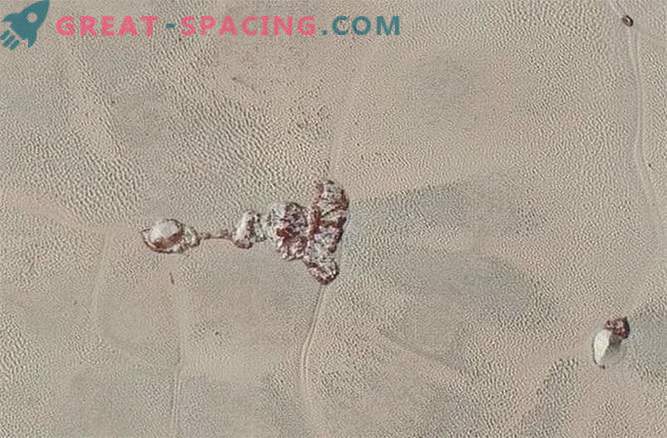
Additional information on the distribution of methane ices that has been received, rather creates more questions than answers. One of the mysteries is why methane ice is abundant on the plain of Sputnik and so mysteriously little in another locality, informally called Cthulhu Region. In addition to the Satellite, methane ice is abundant in well-lit areas, it accumulates on the plains and along the edges of craters. But inside them, it is not, however. According to Will Grundy of Lowell Observatory (Flagstaff, Arizona), this is reminiscent of the classic problem of chicken and eggs. Scientists do not know why this is happening, but the good news is that the station “New Horizons” has the ability to map the entire surface of Pluto, and this is crucial for understanding what is happening.
We have just begun to study Pluto and its landscapes, quite unlike the earth. These recent observations most likely confirm that we are in the decades of work from a complete understanding of the main driving forces that form the atmosphere and surface of the planet. We are only at the beginning. “New Horizons” will transmit data to Earth in 2016, opening up a surprisingly dynamic little world on the outskirts of the Solar System.


